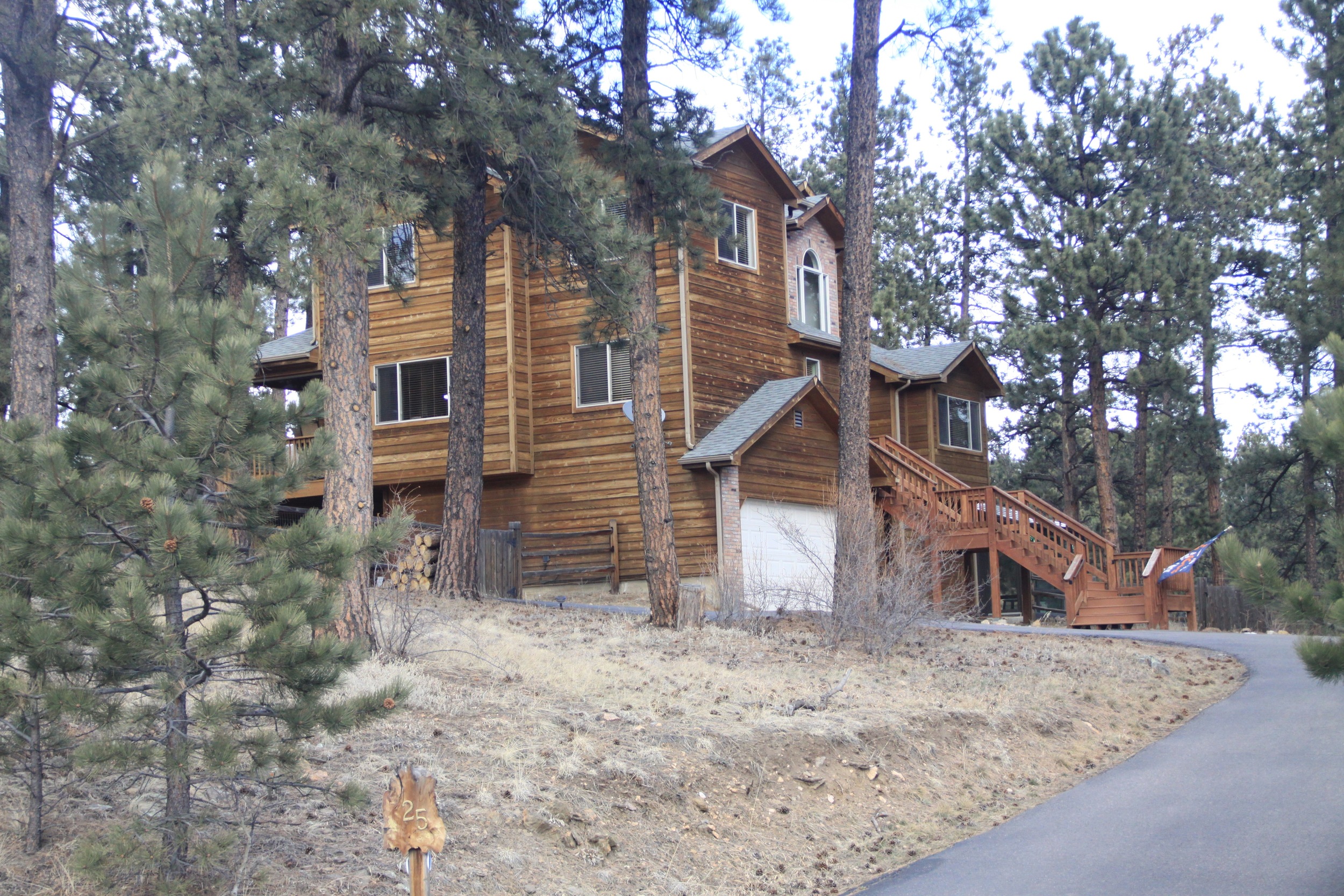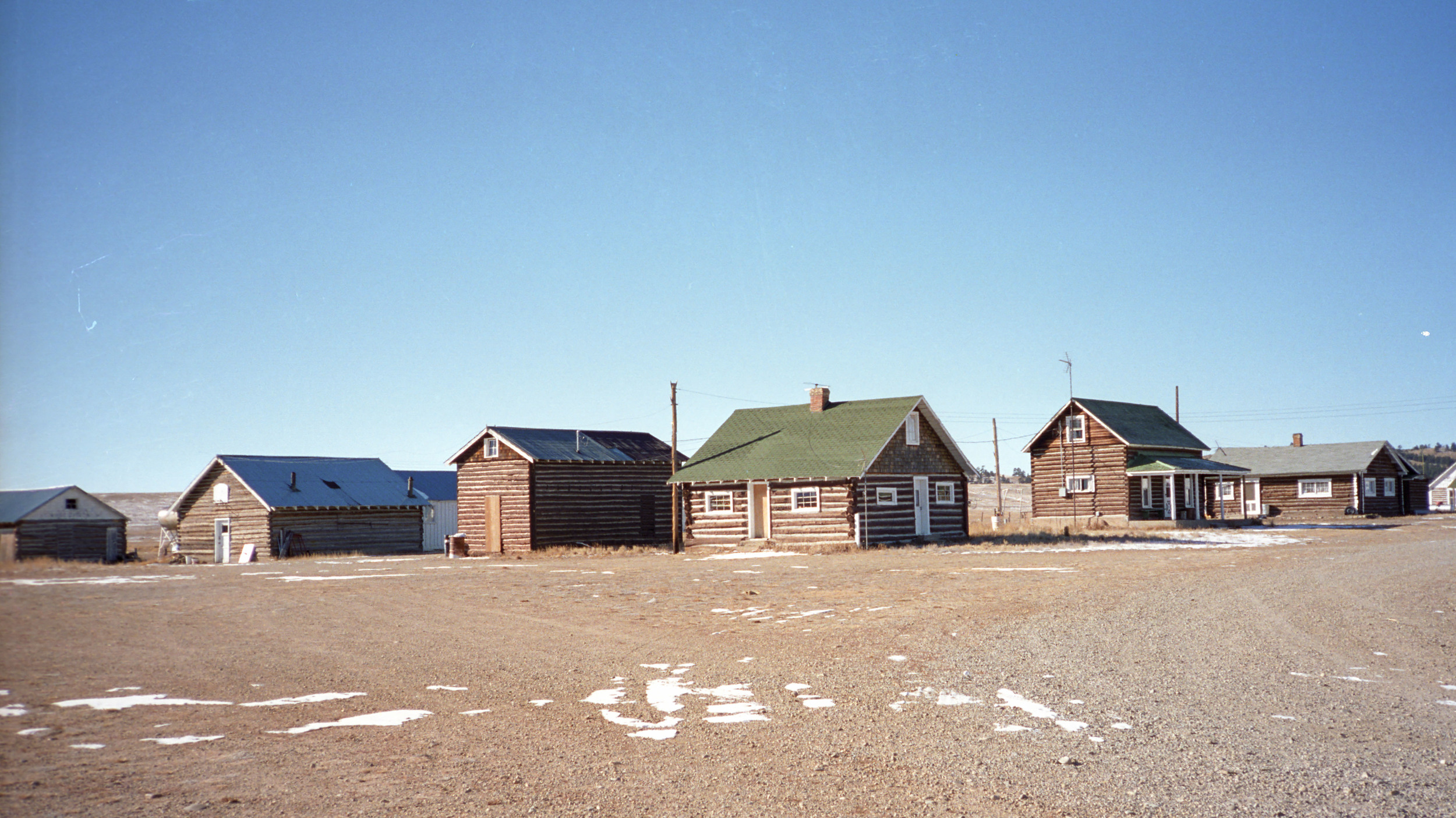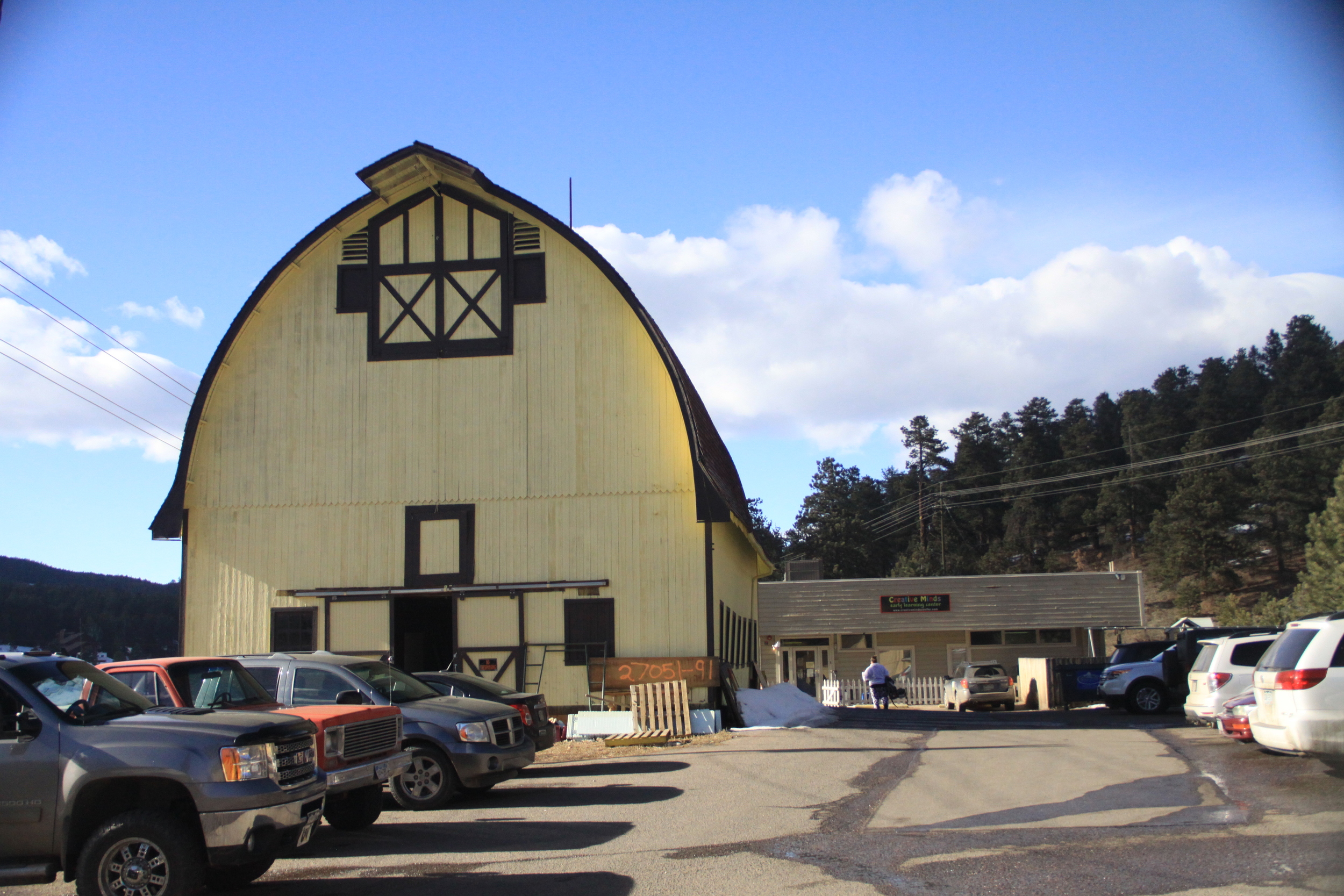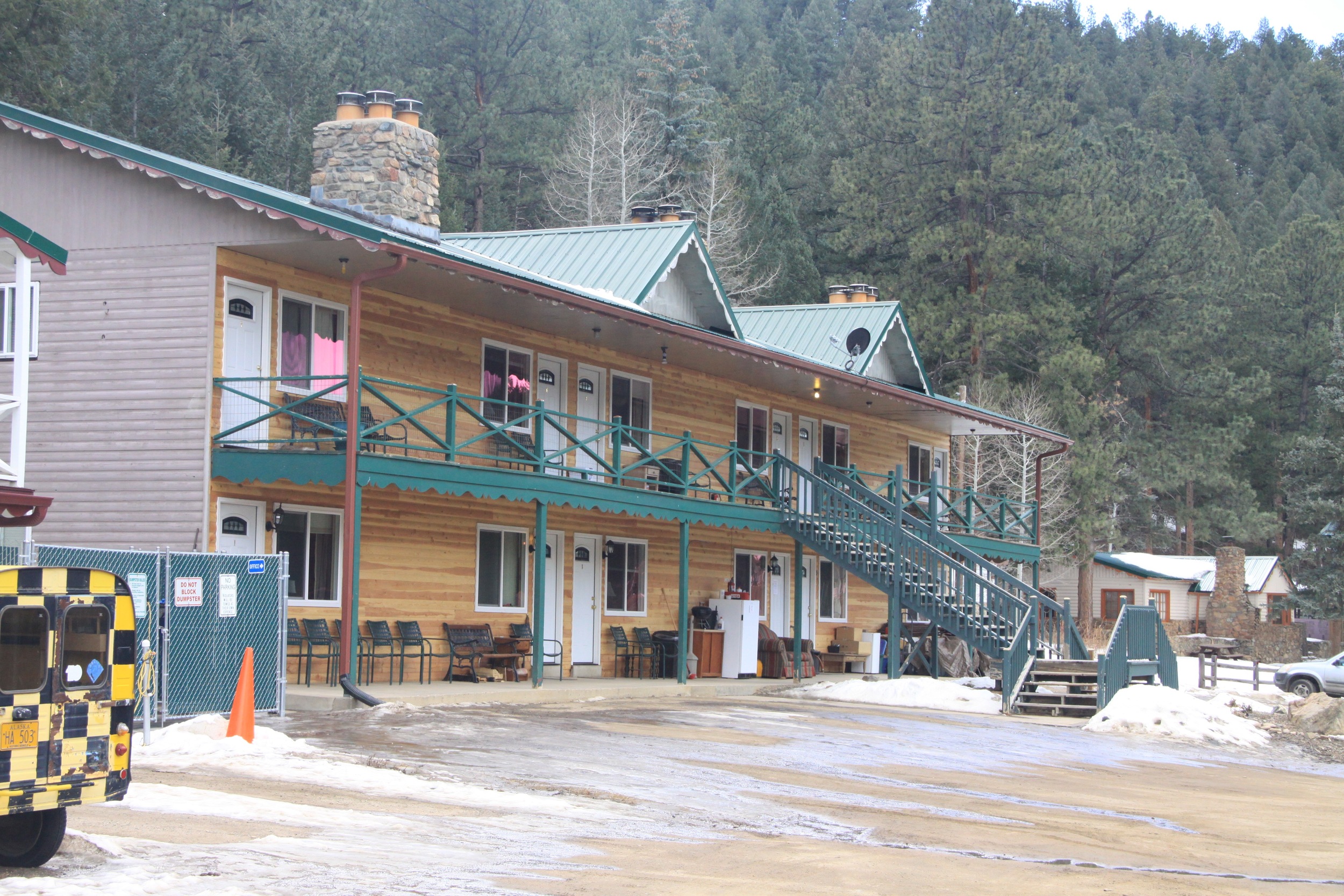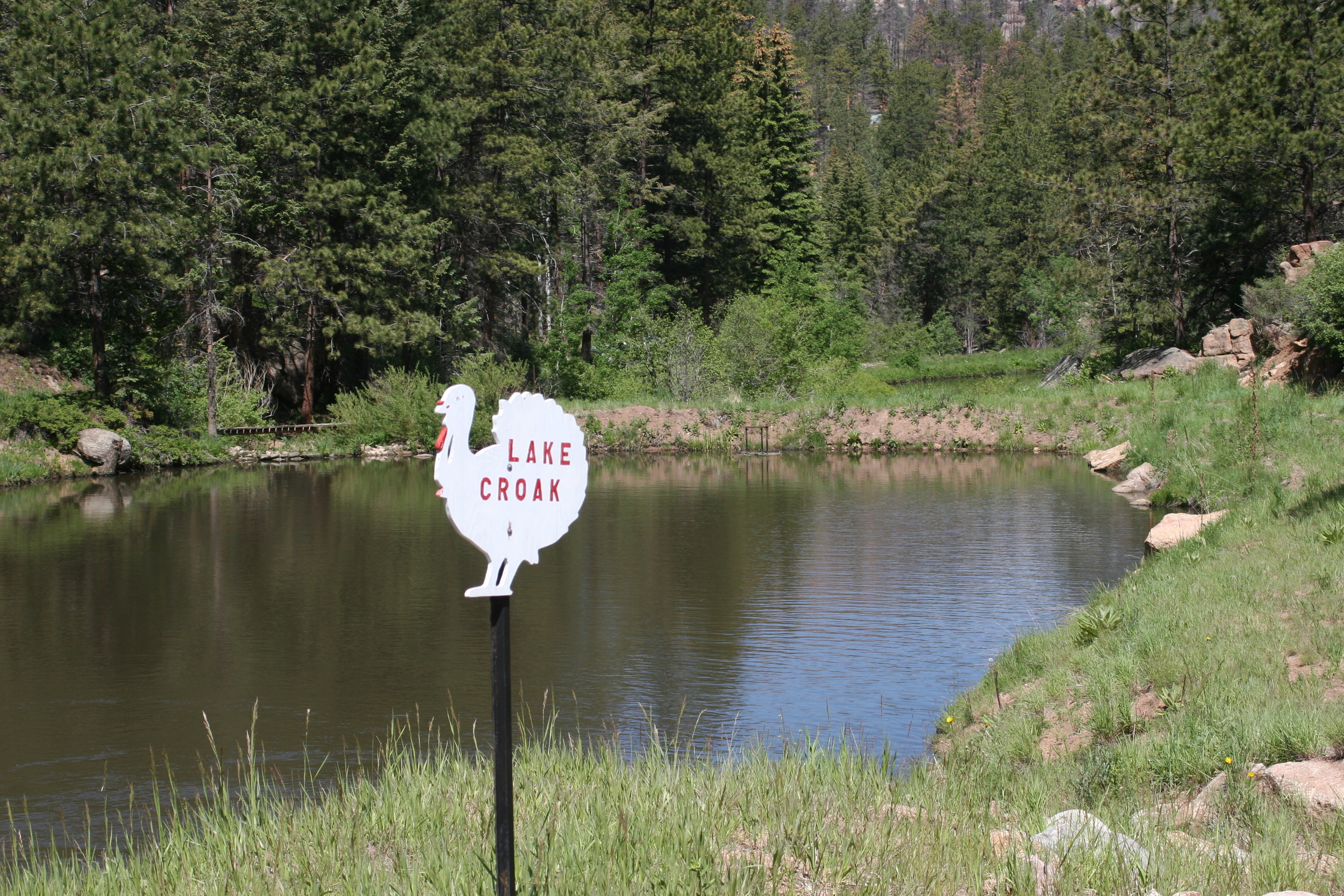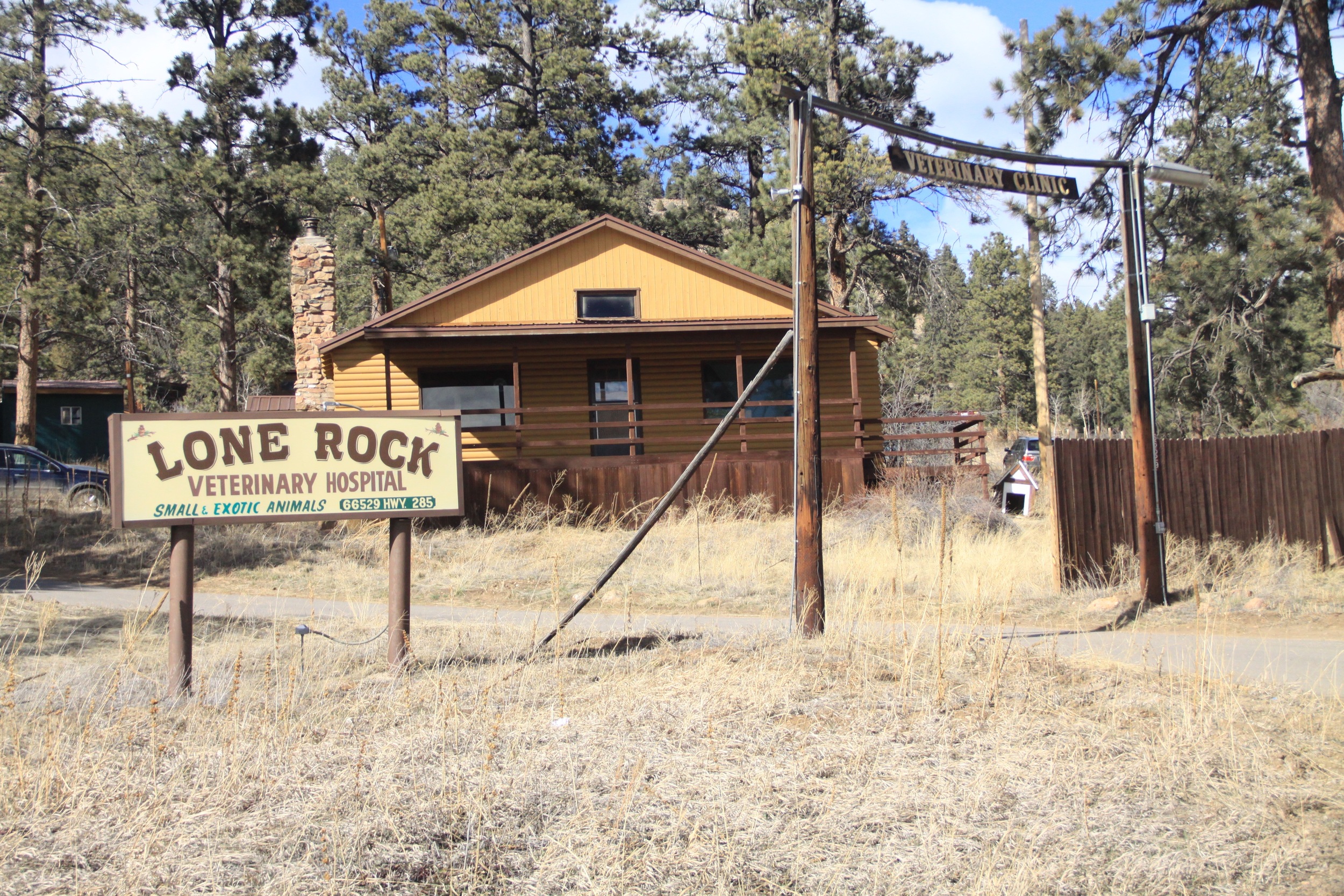Buy Colorado Water
If you are in need of senior water rights to obtain a water court decree for a plan for augmentation, North Fork Associates LLC have various rights that can be used in the area of operation as shown on the NFA map. These are divided into rights to be used on Bear Creek and Turkey Creek Basins and various rights to be used in the South Platte River Basin above Denver as listed below.
The price varies because of the different costs of the water rights and storage needed. You may call Bill Blatchley to determine the amount of water rights needed and the particular costs involved.
Many of the uses that need replacement water rights have accepted standards as to the amount needed. Listed below are the uses and the amount of replacement water per unit shown. These amounts are in acre-feet per year.
- Single-family dwelling with septic system - 0.0314
- One bedroom apartment with septic system - 0.0179
- Single-family dwelling on a central water and sewer system - 0.0157
- One bedroom apartment on a central water and sewer system - 0.0089
- Horse or equivalent size animal (each) - 0.0112
- Hot-tub - 0.0050
- Water feature - 0.0101
- Grass (500 sq ft) - 0.0115
- Garden (500 sq ft) - 0.0046
- Grass or garden on Bear Creek above Cold Spring Gulch (500 sq ft) - 0.0143
- Pond or swimming pool - varies by location and altitude
Definitions and Terms
Acre-foot: The amount of water that would cover an acre one foot deep; this equals 43,560 cubic feet or 325,850 gallons.
Adjudication: Going through the action to receive approval of the applicable water court to use the water when all other senior water users are satisfied.
Application to Water Court: Among many types of applications to the Water Division Water Court are ones that are requesting the change of use and change of location of an adjudicated water right. In the case of MMRC and NFA water rights, they normally will have been quantified as to the historic consumptive use (CU) from irrigation uses and that the CU can be transferred to another location and another use. In the case of an entity purchasing MMRC shares from NFA for a desired location of new use and the type of new use this would be identified in the application. If it is downstream from the point of historic use the replacement water would flow downstream to the point that the new use is shorting the stream flow. If the new use is upstream from the original location or is on a side stream an “exchange” will have to be requested in the application.
Appropriation: The date of the first legal use of the water or the date of first intent of using the water.
Consumed Water: Water that transpires (evaporates) from the user of the water. For example, if 100 gallons pass through normal household uses and the unused water is treated through a septic tank/leach field system it is assumed that 10% of the water or 10 gallons is lost to the river system.
District water commissioner: A state employee in charge of administering the water within a major tributary to the main river or a segment of that river.
Exchange of water upstream: When a water user is upstream from the replacement source an exchange can be made as long as all the intervening water rights are satisfied and there is still water flowing past the replacement source.
Non-tributary water: Water that is not hydraulically connected to a stream. This includes water that is trapped in sedimentary layers and may be several thousand feet deep.
One share of Mountain Mutual Reservoir Company: 0.0314 of an acre-foot of consumptive use water. This amount will replace the water consumed in a single family household with 3.5 persons using 80 gallons each per day and the waste water being treated with a septic tank/leach field system.
Plan for Augmentation: A plan that is engineered to replace consumed water when the water right of the user is out of priority. To replace the water a source with a higher seniority has to be obtained.
Senior water right: In the original (first) adjudication within a river system the earlier the appropriation date the more senior the water right is. For all adjudications subsequent to the original one, the seniority is determined by the adjudication date and not the appropriation date.
Statement of Opposition: A water right holder may file a Statement of Opposition against a water court application within two months of the last day of the month that an application is made. The applicant must then show that the application will not injure the rights of the oppose or show how the applicant can mitigate the injury.
Statement of Protest: If the referee signs a decree, a water right holder has 21 days in which to file a protest because they have a concern about a portion of the decree. If there is no protest within the 21 day the Water Judge may then enter the decree or deny it.
Tributary water: This includes water that is physically flowing in a stream and well water that is hydraulically connected to a stream. Most mountain well are in this category.
Water Court: Each water division has a district court, which is responsible for the adjudication of all appropriate applications in the division.
Water Divisions: There are five water divisions in the state based on the major river drainages. Division 1, located in Greeley. The heads of the divisions are the Division Engineers, which report to the State Engineer in Denver.
Water Rights: There are two types of water rights; in the eastern states riparian rights in general state that the water that passes through your property can be used in an appropriate manner and the balance of the water passes on through. This works where there is an abundance of water. In Colorado and most other western states the Prior Appropriation doctrine is used, which states that the one that uses or appropriates the water first establishes the Senior Right to the water in the system.


